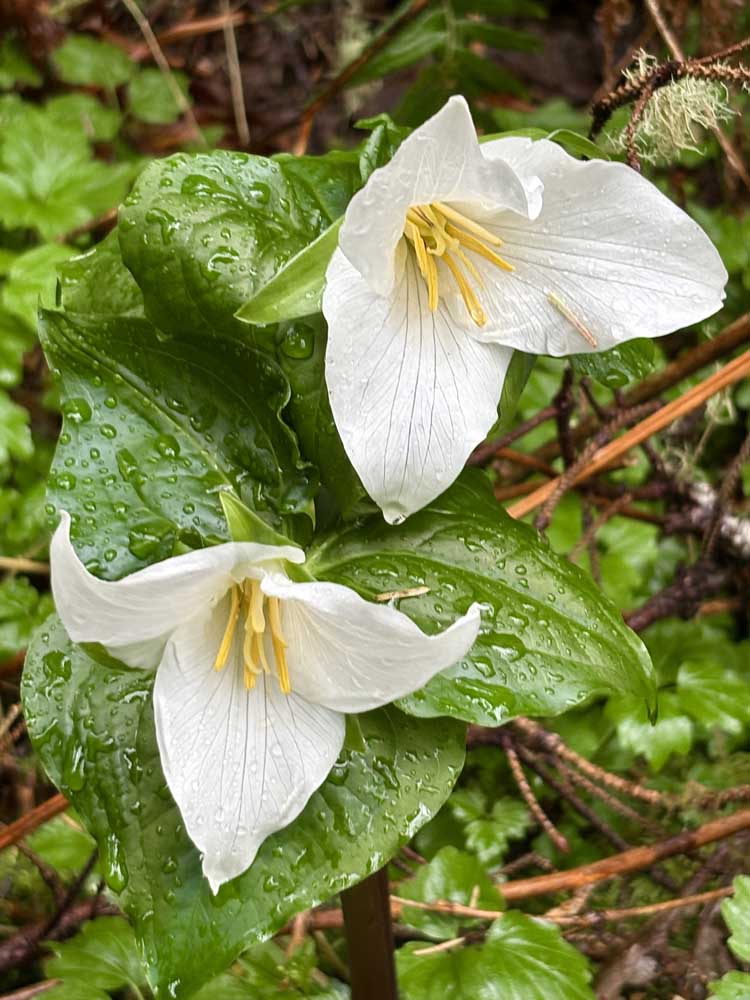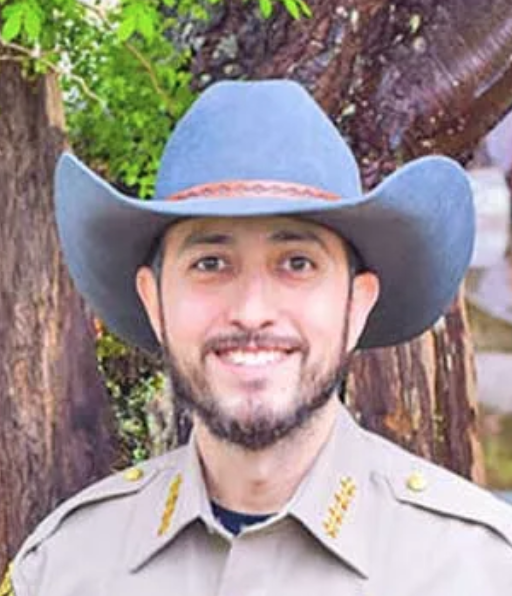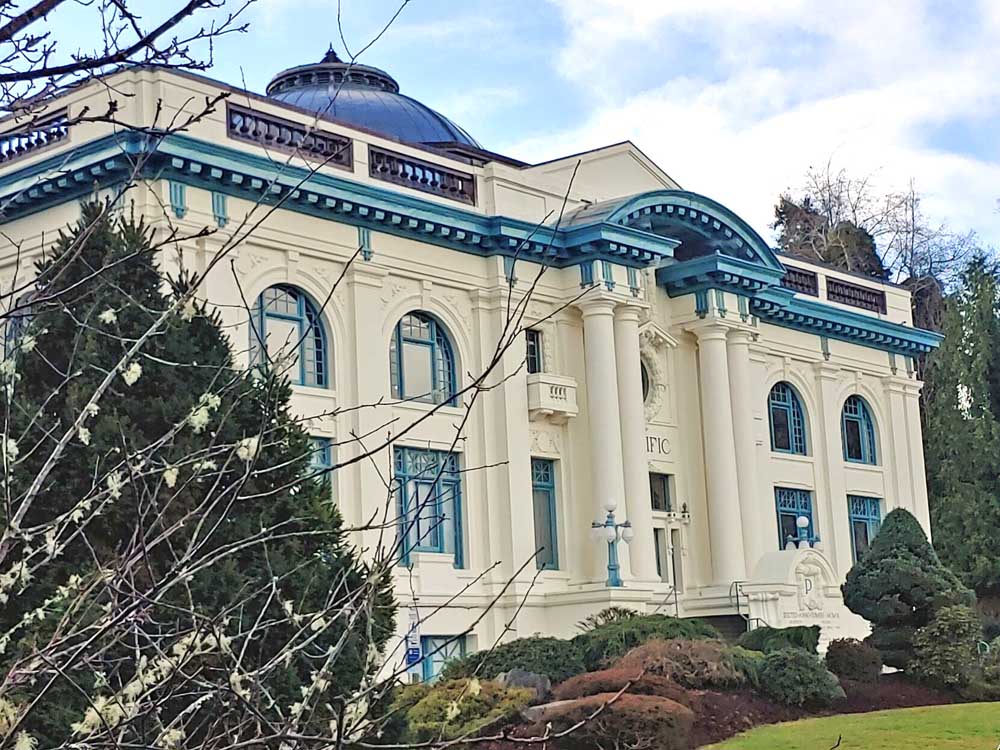Editor’s Notebook: Seed dreamin’ on such a winter’s day
Published 7:45 am Thursday, March 27, 2025

- This year’s trilliums are blooming in the forest above Beards Hollow; photographed March 27.
Her last garden was a 3×5-foot patch of bad dirt outside her Seaview condo. You might have seen a little lady in her 80s stooped beside it, wobbly from childhood polio and wracked with pain by its aftereffects, but she’d say good morning anyway. Her friendliness was like a shade tree on a steamy summer day, offered to everyone at no cost or obligation.
Trending
Just don’t call her “lady.” She hated that. And Mom was anything but little, in every way that really matters.
She was a lifelong gardener, and looked for any opportunity to carry on the legacy of her father, who did as we all should by planting trees and bushes everywhere he lived during a rather nomadic life. He and his daughter were true believers in the age-old advice, “the best time to plant a tree was 30 years ago, the second best time is now.”
I sure wish I had followed it, but my neighbors will testify that I’m no green thumb despite early indoctrination. Though I must not be outright awful at small-time horticulture — some of Mom’s houseplants and bonsai are still thriving.One of my first memories is “helping”
Trending
Mom plant a row of pansies along a sidewalk in the yard of our rental house. Little more than fading snapshot impressions after 65 years, the living colors and comfort of those long-ago moments still warm me.
Fourteen years ago, I chose green-flecked granite for her gravestone, on which is engraved an outspread willow like one her dad planted down along his creek.
Planting time?
It’s getting to be that deceptive time on our coast when garden catalogs — and their modern equivalent in the form of Facebook ads — start showing up and teasing the approach of planting season.
Don’t believe it! Fool me once, shame on the seed and bedding plant sellers; fool me 30 years in a row, shame on me.
As gardening columnist Rebecca Hart observed about a decade ago, “What to do this time of year? It’s too cold, soil is too wet, days are too short for most garden activities. Keep in mind that our average time of frost is still early April, and much expert advice cautions to wait and not put out most seeds or tender seedlings until after the threat of last frost. Global climate change, with regard to temperatures, is something we measure after the fact, so use caution when getting the itch to garden.”
Climatic zones are indeed shifting. In 2023, the U.S. Department of Agriculture’s Plant Hardiness Zone Map — planthardiness.ars.usda.gov — showed overall temperatures about 2.5 degrees higher in the United States than the previous 2012 version.
Nearshore areas of Pacific and Clatsop counties are now zone 9a (lows of 20 to 25 degrees) verging into 8b (15 to 20 degrees) farther from the ocean. Pay attention to these zones whenever you give into temptation and start buying seeds and plants. And even a plant dummy like me knows elevations and factors like southern/northern exposure make big localized differences.
They’re late
Coastal wildflowers were delayed this year as we emerged from the coldest winter in years.
Huckleberry blossoms are peeping out along forest trails. And finally, one of the Northwest’s most iconic plants, trilliums, are getting started. Forest managers ask people to leave trilliums alone. Picking the flowers early in the season means that the plant is stripped of its ability to make more energy to store in the root. The depleted root then lacks nutritional reserves necessary for next year’s showy bloom to appear.
“The interesting thing about trillium is they can grow to be very old,” a forest botanist said. “There are trillium in the Siskiyous that are greater than 80 years. In some cases, the trillium can be older than the trees surrounding the plant.”
Like many native plants, trilliums are much cherished by traditional healers. They contain a substance that induces labor and reduces postpartum hemorrhaging, giving rise to its folk-medicine name of birthroot. “King’s Medical Dispensatory” of 1898 attributes many additional benefits to trillium roots, including treating “tumors, indolent or offensive ulcers, anthrax, buboes, stings of insects, and to restrain gangrene.”
Good to know, I suppose, if you’re ever stranded in the wilderness.









